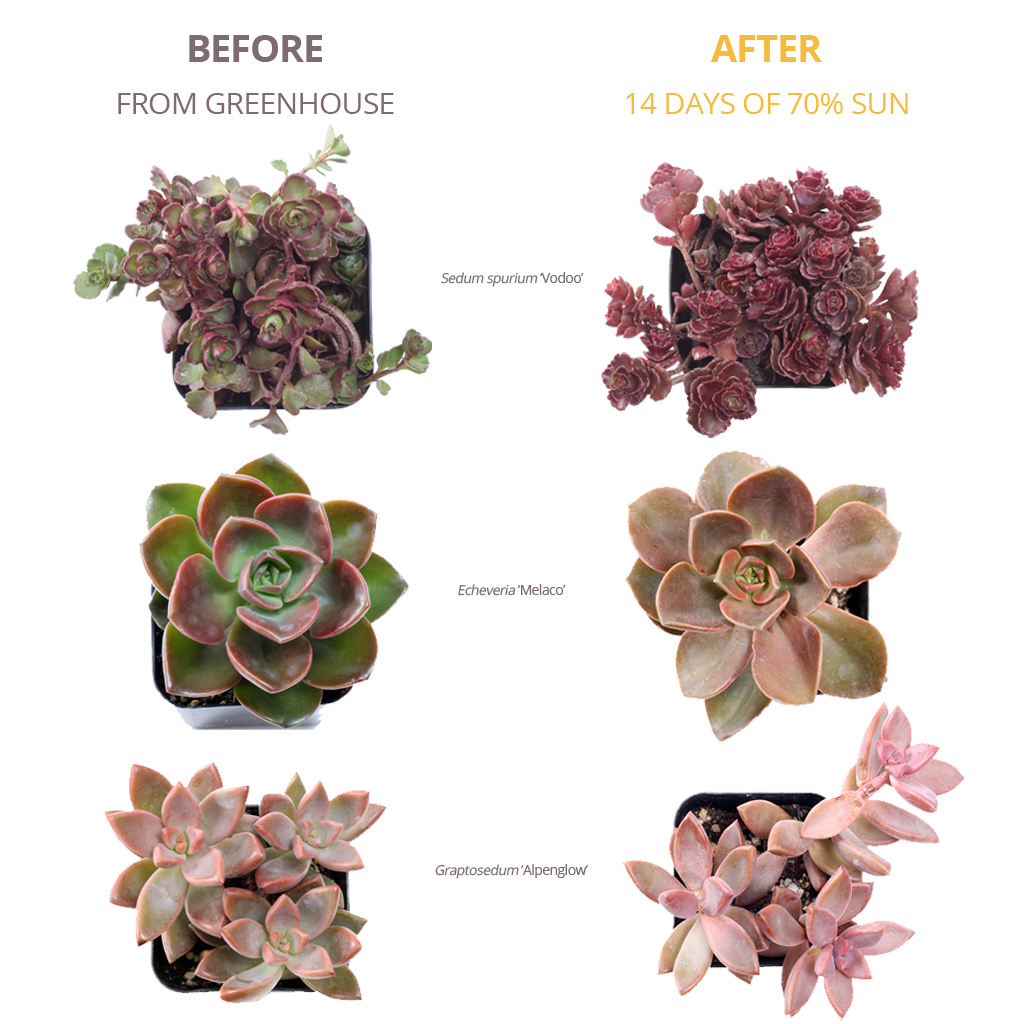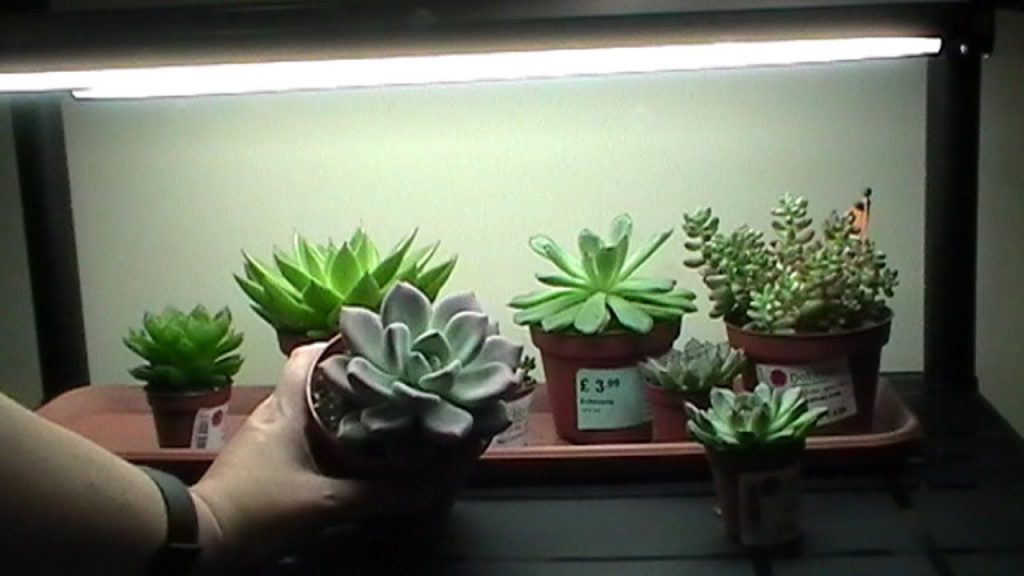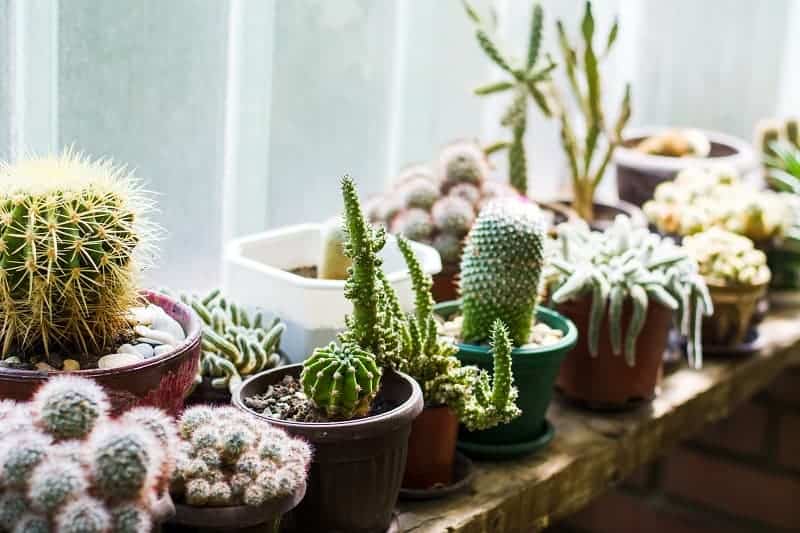Understanding Succulent Light Requirements
Succulents are often misunderstood as plants that can thrive in any lighting condition. However, this couldn’t be further from the truth. In reality, succulents have specific light requirements that, when met, can lead to healthy growth, vibrant colors, and overall well-being. On the other hand, inadequate or excessive lighting can result in weakened plants, poor coloration, and increased susceptibility to disease. While it’s true that some succulents can tolerate direct sunlight, others are more sensitive and may suffer from sun damage. So, can succulents be in direct sunlight? The answer depends on the specific species and its unique light requirements. By understanding these requirements, you can provide the best possible care for your succulents and help them thrive.
The Dangers of Direct Sunlight for Succulents
While succulents are known for their ability to thrive in bright conditions, direct sunlight can be detrimental to their health. Prolonged exposure to intense sunlight can cause scorched leaves, discolored skin, and increased water loss, ultimately leading to weakened plants. Some succulent species are more susceptible to sun damage than others, such as Aloe vera, Echeveria, and Crassula. These plants may develop brown spots, white blisters, or even become brittle and fragile when exposed to direct sunlight. In extreme cases, direct sunlight can cause succulents to become dehydrated, leading to root rot and eventual death. It’s essential to understand that not all succulents can tolerate direct sunlight, and some may require filtered or indirect light to thrive. By recognizing the risks of direct sunlight, you can take steps to provide your succulents with the right amount of light for optimal growth and health.
How to Provide the Right Amount of Sunlight for Your Succulents
Determining the ideal amount of sunlight for your succulents is crucial for their health and well-being. While some succulents can thrive in direct sunlight, others require filtered or indirect light to prevent sun damage. To provide the right amount of sunlight, consider the following factors: window orientation, time of day, and seasonal changes. For example, a south-facing window receives direct sunlight for most of the day, making it ideal for succulents that can tolerate direct sunlight, such as cacti and euphorbias. On the other hand, an east- or west-facing window receives indirect sunlight, making it suitable for succulents that require filtered light, such as aloe and crassula. Additionally, consider the time of day and adjust the placement of your succulents accordingly. For instance, if you have a succulent that requires morning sun, place it near an east-facing window. Finally, be mindful of seasonal changes, as the intensity and duration of sunlight vary throughout the year. By taking these factors into account, you can provide your succulents with the right amount of sunlight, ensuring they receive the light they need to thrive. Remember, not all succulents can be in direct sunlight, so it’s essential to research the specific light requirements of your plants to ensure their optimal growth and health.
The Benefits of Filtered Sunlight for Succulents
While direct sunlight can be beneficial for some succulents, filtered sunlight is often a better option for many species. Filtered sunlight reduces the risk of sunburn, which can cause scorched leaves, discolored skin, and increased water loss. By filtering the sunlight, succulents can receive the light they need without suffering from the negative effects of direct sunlight. Additionally, filtered sunlight can improve the coloration of succulents, bringing out their natural vibrant hues. This is especially true for succulents with variegated or multicolored leaves, which can become more pronounced in filtered light. Furthermore, filtered sunlight can increase photosynthesis, promoting healthy growth and development in succulents. To filter sunlight, you can use a variety of materials, such as curtains, shades, or even sheer fabrics. For example, a sheer curtain can filter out intense sunlight, providing a gentle, diffused light that is ideal for succulents. By providing filtered sunlight, you can create a more conducive environment for your succulents to thrive, and avoid the risks associated with direct sunlight. Remember, not all succulents can be in direct sunlight, and filtered sunlight can be a safer and more beneficial option for many species.
How to Create a Succulent-Friendly Window
Creating a succulent-friendly window is crucial for providing your plants with the right amount of sunlight. To get started, consider the orientation of your window. South-facing windows receive direct sunlight for most of the day, making them ideal for succulents that can tolerate direct sunlight, such as cacti and euphorbias. East- and west-facing windows, on the other hand, receive indirect sunlight, making them suitable for succulents that require filtered light, such as aloe and crassula. When choosing a window, also consider the time of day and seasonal changes. For example, a window that receives morning sun may be ideal for succulents that require morning light, while a window that receives afternoon sun may be better suited for succulents that require more intense light.
Once you’ve selected a window, it’s essential to provide shading to filter the sunlight. You can use a variety of materials, such as curtains, shades, or blinds, to filter the light. For example, a sheer curtain can filter out intense sunlight, providing a gentle, diffused light that is ideal for succulents. Additionally, consider the temperature of your window. Succulents prefer temperatures between 65-75°F (18-24°C), so make sure your window is not too hot or cold. You can use thermometers or heating/cooling devices to regulate the temperature. By following these steps, you can create a succulent-friendly window that provides your plants with the right amount of sunlight, temperature, and humidity to thrive.
Succulent Placement Strategies for Optimal Sunlight
When it comes to providing optimal sunlight for your succulents, placement is key. By strategically placing your succulents, you can maximize their sunlight exposure and promote healthy growth. One effective strategy is to group plants together. This technique allows succulents to benefit from each other’s shade, reducing the risk of sunburn and promoting a more even distribution of sunlight. For example, you can place a succulent that requires full sun, such as a cactus, next to a succulent that requires partial shade, such as an aloe. By doing so, the cactus can provide shade for the aloe during the hottest part of the day, while the aloe can benefit from the cactus’s reflected light.
Another strategy is to use mirrors to reflect sunlight onto your succulents. This technique is particularly useful for succulents that are placed in low-light areas or during the winter months when sunlight is scarce. By placing a mirror opposite a window, you can reflect sunlight onto your succulents, providing them with the light they need to thrive. Additionally, you can rotate your pots to ensure that your succulents receive even sunlight distribution. This technique is especially useful for succulents that have a tendency to grow lopsided, such as echeverias and crassulas. By rotating your pots regularly, you can promote symmetrical growth and prevent your succulents from becoming leggy.
Remember, when it comes to providing optimal sunlight for your succulents, it’s essential to consider their specific light requirements. While some succulents can thrive in direct sunlight, others require filtered or indirect light to prevent sun damage. By understanding your succulents’ light requirements and using these placement strategies, you can create a sun-filled environment that promotes healthy growth and vibrant coloration. And, as a general rule, it’s essential to remember that can succulents be in direct sunlight? The answer is, it depends on the species. While some succulents can tolerate direct sunlight, others require filtered or indirect light to thrive.
Monitoring Your Succulents’ Response to Sunlight
Once you’ve provided your succulents with the right amount of sunlight, it’s essential to monitor their response to ensure they’re receiving the optimal amount of light. One of the most critical signs to look out for is sunburn. If your succulents are exposed to too much direct sunlight, they may develop scorched leaves, discolored skin, or even become brittle and fragile. On the other hand, if your succulents are not receiving enough sunlight, they may become leggy, weak, or discolored.
To monitor your succulents’ response to sunlight, start by observing their color and texture. Healthy succulents should have vibrant, rich colors and firm, plump leaves. If your succulents are looking dull, pale, or wilted, it may be a sign that they’re not receiving enough sunlight. Conversely, if they’re developing brown or white spots, it may be a sign of sunburn.
Another way to monitor your succulents’ response to sunlight is to check their water intake. Succulents that are receiving too much direct sunlight may require more frequent watering, as they’re losing water quickly through transpiration. On the other hand, succulents that are not receiving enough sunlight may require less frequent watering, as they’re not losing water as quickly.
By monitoring your succulents’ response to sunlight, you can adjust their placement and lighting conditions accordingly. Remember, every succulent species has unique light requirements, and what works for one species may not work for another. For example, some succulents, like aloe vera, can thrive in indirect sunlight, while others, like cacti, require direct sunlight to survive. So, can succulents be in direct sunlight? The answer is, it depends on the species and their specific light requirements.
Conclusion: Finding the Perfect Balance of Sunlight for Your Succulents
In conclusion, understanding succulent light requirements is crucial for their growth, color, and overall health. While it’s common to assume that succulents can thrive in any lighting condition, the truth is that they require specific amounts of sunlight to flourish. By recognizing the dangers of direct sunlight, determining the ideal amount of sunlight for specific species, and utilizing filtered sunlight and succulent-friendly windows, you can create an optimal environment for your plants.
Remember, can succulents be in direct sunlight? The answer is, it depends on the species and their specific light requirements. By monitoring your succulents’ response to sunlight and adjusting their placement accordingly, you can ensure they receive the perfect balance of sunlight. With a little patience and attention to detail, you can unlock the full potential of your succulents and enjoy their vibrant colors, unique shapes, and low-maintenance beauty.








